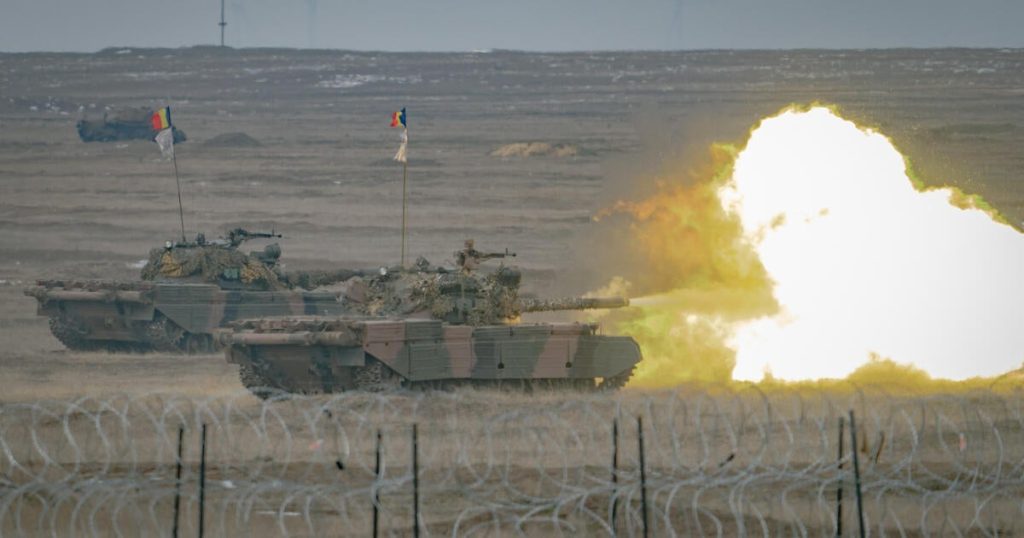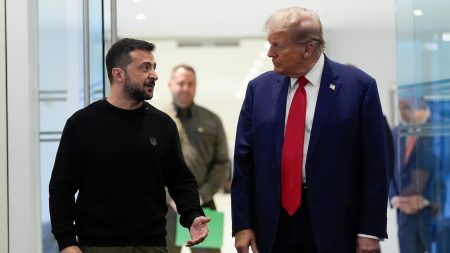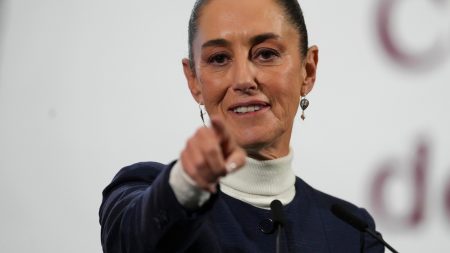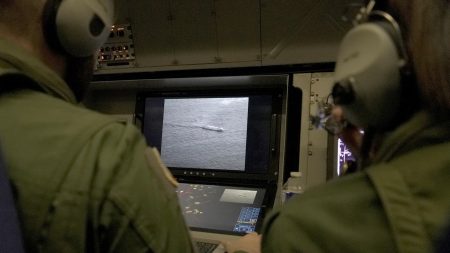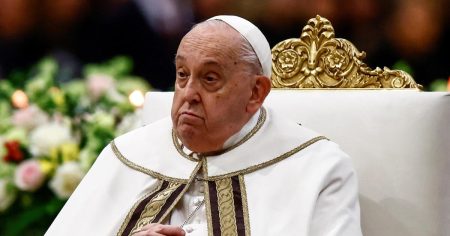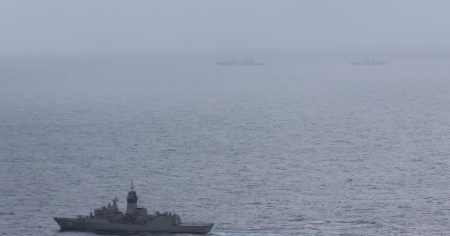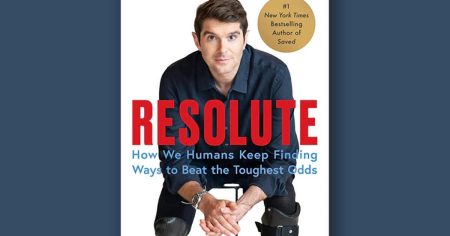NATO’s Steadfast Dart 25 Exercise: Showcasing Alliance Strength
In the midst of rising global tensions, NATO’s Allied Reaction Force (ARF) conducted a significant military exercise near Romania’s border with Ukraine. The Steadfast Dart 25 exercise brought together 10,000 troops from nine NATO member countries, showcasing the alliance’s readiness and cohesion. The drills involved a array of military assets, including tanks, fighter jets, and bomb disposal units, highlighting NATO’s commitment to collective defense. This exercise underscored the alliance’s ability to mobilize rapidly across Europe, reinforcing its role as a cornerstone of regional security.
Trump-Zelenskyy Tensions Flare Amidst Diplomatic Talks
Political tensions escalated as former President Trump criticized Ukrainian President Zelenskyy, labeling him a "dictator" and attributing the ongoing conflict to Ukrainian actions. Zelenskyy retorted, accusing Trump of being misled by Russian disinformation. Amidst these exchanges, Trump’s envoy, Gen. Kellogg, engaged in constructive dialogue with Zelenskyy, offering a glimmer of hope for continued U.S.-Ukraine cooperation. The cancelled joint press conference added to the diplomatic intrigue, yet both sides expressed optimism for future agreements, indicating a complex interplay of conflict and collaboration.
European Alarm Over Trump’s Ukraine Policy Shift
European leaders expressed concern as Trump’s stance seemed to shift towards Russia, questioning the U.S.’s traditional support for Ukraine. This policy shift caused unease among NATO allies, who have been staunch supporters of Ukraine. The apparent realignment towards Russian narratives raised fears about the stability of NATO’s united front against aggression, signaling a potential fracture in the alliance’s cohesion.
NATO’s Role and Structure in European Security
NATO, established in 1949, remains vital to European security, with Article 5’s collective defense clause as its foundation. The alliance promotes democratic values and peaceful conflict resolution, underpinned by its military capabilities. The U.S. plays a central role in NATO’s structure, providing critical leadership and resources, while other members contribute to shared defense efforts, illustrating a balanced yet dependent relationship.
U.S. Leadership in NATO: Historical Dependence and Recent Strains
The U.S. has historically led NATO, fostering dependence while urging European members to increase their defense spending. Recent shifts in U.S. policy have strained this relationship, with Europe feeling a sense of betrayal. Despite increased spending, European nations have yet to achieve strategic independence, leaving them vulnerable to changes in U.S. priorities, as highlighted by the CSIS’s Max Bergmann.
Bridging the Divide: NATO’s Forward Outlook
At the Romania exercises, NATO Commander Admiral Munsch addressed the disconnect between U.S. policy and NATO’s stance, emphasizing business as usual until new directives arrive. NATO’s commitment to unity and collective security remains unwavering, even as geopolitical dynamics evolve. The alliance’s forward outlook focuses on maintaining strength and cohesion, ensuring readiness to face emerging challenges, bolstered by the resolve of its member nations.





